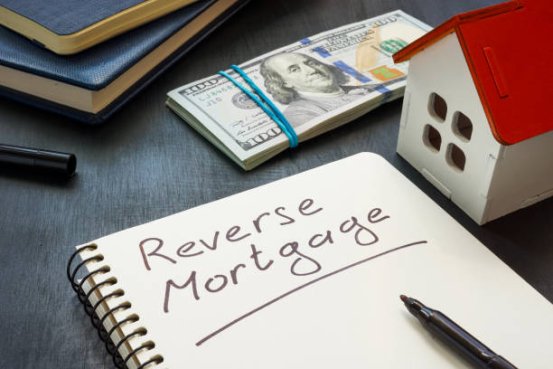Tips and Tricks to Get A Discount in Disney
What To Do If Your Flight is Cancelled or Delayed? Manage Things Wisely
Must-See Stunning Botanical Gardens Around the World
What Is Rain Chain: The Stylish Alternative To Downspouts
Conscious Vs Subconscious Mind: What's The Difference?
How to Nurture Mental Health for Busy Parents
Exploring Reverse Mortgage Options for Seniors: Funding Retirement and Long-Term Care
Financial security becomes increasingly important as we age, particularly when planning for retirement and possible long-term care expenses. Reverse mortgages provide a way for seniors to unlock home equity to help cover these costs. This article explores the main reverse mortgage options available, their pros and cons, and how to make informed choices.
Financial security becomes increasingly important as we age, particularly when planning for retirement and possible long-term care expenses. Reverse mortgages provide a way for seniors to unlock home equity to help cover these costs. This article explores the main reverse mortgage options available, their pros and cons, and how to make informed choices.

Understanding Reverse Mortgages
Reverse mortgages are financial products that let homeowners aged 62 or older convert part of their home equity into cash. Unlike traditional mortgages where borrowers make monthly payments, reverse mortgages work the other way around—the lender pays the homeowner. This can be beneficial for seniors needing extra income during retirement or funds for long-term care.
Types of Reverse Mortgages
There are three primary types of reverse mortgages, each tailored to different needs:
1. Home Equity Conversion Mortgages (HECMs):
Federally insured by the U.S. Department of Housing and Urban Development (HUD), HECMs are the most common type. They offer flexible payment options such as lump sums, monthly payments, or lines of credit.
2. Proprietary Reverse Mortgages:
Offered by private lenders and not insured by the government, these loans often allow for higher loan amounts and suit seniors with higher-value homes.
3. Single-Purpose Reverse Mortgages:
Usually provided by state or local governments or nonprofits, these loans serve specific needs like home repairs or property tax payments. They tend to have lower costs but are less widely available.
Benefits of Reverse Mortgages for Seniors
Reverse mortgages can provide several advantages:
-
Supplemental Income: Seniors can convert their home equity into cash without selling their home.
-
Flexible Payment Choices: Borrowers can select lump sum payments, monthly disbursements, or a credit line depending on their needs.
-
No Monthly Payments Required: Repayment is deferred until the homeowner sells the home, moves out, or passes away.
Drawbacks and Important Considerations
Despite benefits, there are downsides seniors should consider:
-
Interest Accumulation: Interest builds up over time, which can decrease home equity significantly.
-
Effect on Inheritance: The loan must be repaid when the homeowner leaves the home, potentially reducing the estate left to heirs.
-
Fees and Closing Costs: Reverse mortgages involve various fees that can add up quickly.
Eligibility Requirements
To qualify for a reverse mortgage, the borrower must:
1. Be at least 62 years old.
2. Own the home outright or have a low mortgage balance that can be paid off with the loan proceeds.
3. Live in the home as their primary residence.
Making an Informed Decision
Seniors considering reverse mortgages should weigh the pros and cons carefully. Consulting a financial advisor who specializes in senior finances can offer personalized advice to help determine if a reverse mortgage suits their retirement plans and long-term care needs.
Sources:
https://www.consumerfinance.gov/consumer-tools/reverse-mortgages/
https://www.hud.gov/program_offices/housing/sfh/hecm/hecmhome
https://www.ncoa.org/article/reverse-mortgages-pros-and-cons











